What is Halloween
Derives From
The Celtic Pagan Feast Of Samhain
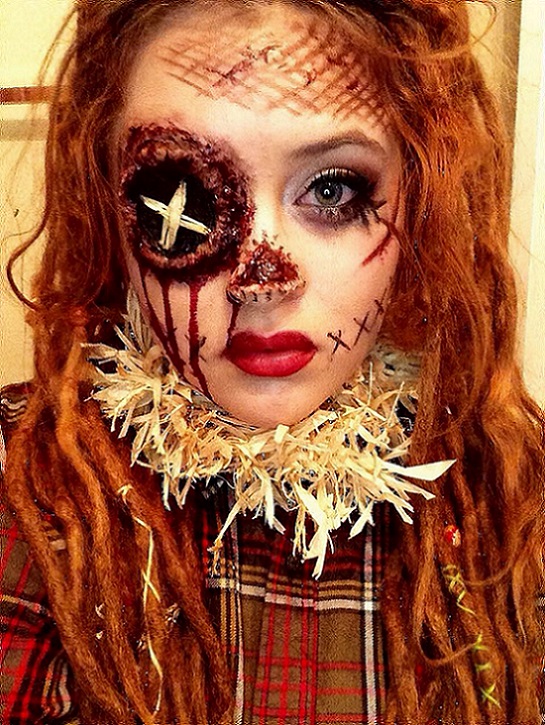
What is halloween? You surely are aware of Halloween. As a kid, you probably have grown scared of all those scary costumes. You also could have fun and unforgettable trick or treat memories. But you could not be familiar about the origin and the real nature of the occasion. Thus, you could start asking yourself, ‘What really is Halloween?’ To begin with, Halloween could be traced to its ancient roots in the Celtic pagan feast of Samhain as well as the Christian holiday called All Saints’ Day.
Jack O Lanterns
In general, it could be considered as a secular celebration. Some people have been expressing strong feelings for and against the perceived religious overtones. The modern Halloween celebration in the United States was brought by Irish immigrants who took with them the tradition when they migrated to North America during the height of the Great Famine of Ireland in the 1840s. Since then, Halloween has always been associated with orange and black, now known as the universal Halloween colors.

These are associated with the popular symbols like jack-o’ lantern. Aside from the decors, the colors, and the symbols, Halloween has been made even more fun and interesting by the many activities that have created a unique modern tradition. The occasion is now known for fun tasks like trick or treating, ghost tours, bonfires, costume parties, pranks, watching of horror movies, and reading of ghost stories. Halloween has also become that time of the year when people sit back and hear stories and anecdotes about ghosts and paranormal encounters.
This notion has created a great scare among children, who now are changing gears and are seeing Halloween more as a fun celebration. Current Halloween celebration could be traced back to ancient origins, particularly the Samhain, a Gaelic festival. Samhain is an old Irish word that means ‘summer’s end.’ The same festival was also observed by ancient Britons who called their celebrations as Calan Gaeaf. Samhain commemorates the end of the year’s lighter half and the start of the darker half. Thus, some people then called the occasion as their ‘Celtic New Year.’
Nowadays, Halloween could be seen more as a festival for the dead. Ancient Gaels have always believed that Samhain borders the other world with this world. Thus, there was a belief that during Halloween, free spirits roam around, both harmful and harmless. This could be somehow related to Christians’ All Saints’ and All Souls’ Days. It has also been believed that wearing freaky masks and costumes was an effective way to ward off unwanted and harmful spirits.
Samhain was also regarded as a great time to stock food supplies and at the same time slaughter livestock. Bonfires have become important because they played significant roles in the Halloween festivities. In the old Irish practice, all fires at home were doused during the day and every home was lit only by the hearth from their own bonfire. Slaughtered livestock bones were cast into those fires. There were also several other pagan rituals associated with old Halloween practices that have not been carried out to this day.
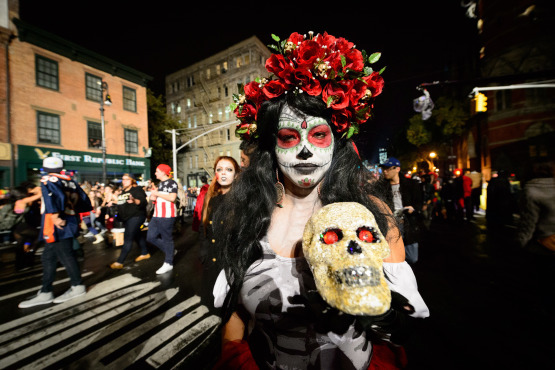
What did the Celts celebrate during Samhain? Celts believed that on the night before the new year, the boundary between the worlds of the living and the dead became blurred. On the night of October 31 they celebrated Samhain, when it was believed that the ghosts of the dead returned to earth.
Do pagans celebrate Samhain? Samhain (pronounced 'sow'inn') is a very important date in the Pagan calendar for it marks the Feast of the Dead. Many Pagans also celebrate it as the old Celtic New Year (although some mark this at Imbolc). It is also celebrated by non-Pagans who call this festival Halloween.
What does Samhain mean in Gaelic? Samhain is a pagan religious festival originating from an ancient Celtic spiritual tradition. In modern times, Samhain (a Gaelic word pronounced “SAH-win”) is usually celebrated from October 31 to November 1 to welcome in the harvest and usher in “the dark half of the year.” Celebrants believe that the barriers between the physical world and the spirit world break down during Samhain, allowing more interaction between humans and denizens of the Other world.
What are the pagan holidays? Wheel of the Year.
The Pagan seasonal cycle is often called the Wheel of the Year. Almost all Pagans celebrate a cycle of eight festivals, which are spaced every six or seven weeks through the year and divide the wheel into eight segments. Four of the festivals have Celtic origins and are known by their Celtic names, Imbolc, Beltane, Lughnasadh and Samhain. The other four are points in the solar calendar. These are Spring and Autumn Equinox (when the length of the day is exactly equal to the night), Summer and Winter Solstice (longest and shortest days of the year). Neolithic sites such as Stonehenge act as gigantic solar calendars which marked the solstices and equinoxes and show that solar festivals have been significant dates for hundreds of thousands of years. (The seasonal differences between the hemispheres mean solar festivals are celebrated opposite different dates in the southern hemisphere.)
Law Of Attraction Relationships - Tips For Attracting Your Perfect Law Of Attraction Relationship
What is the Celtic Name for Summer Solstice? The Druidic name for the Summer Solstice is Alban Hefin, which means the 'The Light of the Shore' or 'Light of Summer'.
What does solstice literally mean? The word solstice is derived from the Latin sol ("sun") and sistere ("to stand still"), because at the solstices, the Sun's declination appears to "stand still"; that is, the seasonal movement of the Sun's daily path (as seen from Earth) pauses at a northern or southern limit before reversing direction.
How did Druids celebrate winter solstice? When the sun directly hits the Tropic of Capricorn on December 21 at 11:28 am EST, it will mark the deepest and longest part of winter. The winter solstice, in a literal sense, marks the shortest day of the year in the Northern hemisphere. But it's a scientific phenomenon steeped in cultural context. Historically, the solstice's significance has been tied most intimately to witches, pagans, and druid communities who draw their beliefs and rituals from Norse, Celtic, Welsh, Icelandic cultures, or from indigenous people in what is now Canada. Long ago, the winter solstice was an extreme enough shift in weather and lifestyle that it merited a spiritual explanation, and the stories written by our ancestors birthed rituals still practiced today.
Freaky Halloween Ideas And Scary Costumes
What People Think About Halloween
Unique Halloween Celebration Around The World
Browse All Our Informative Topics
InternetBusinessIdeas-Viralmarketing Home Page
Tweet
Follow @Charlesfrize

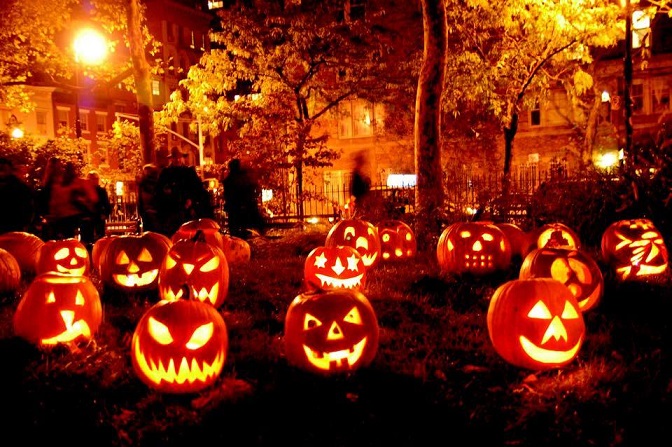
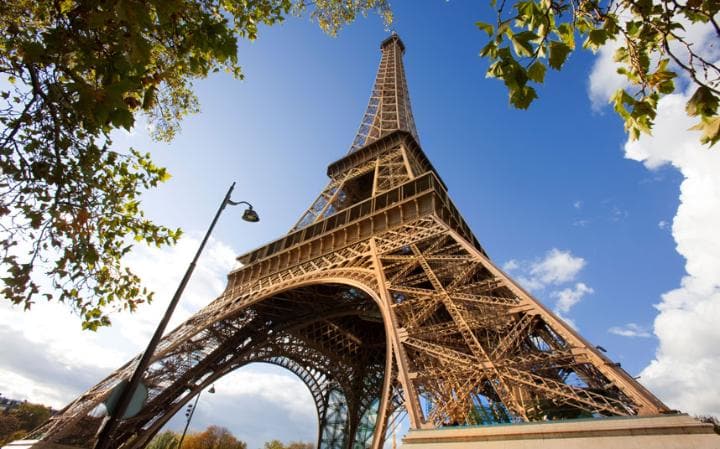
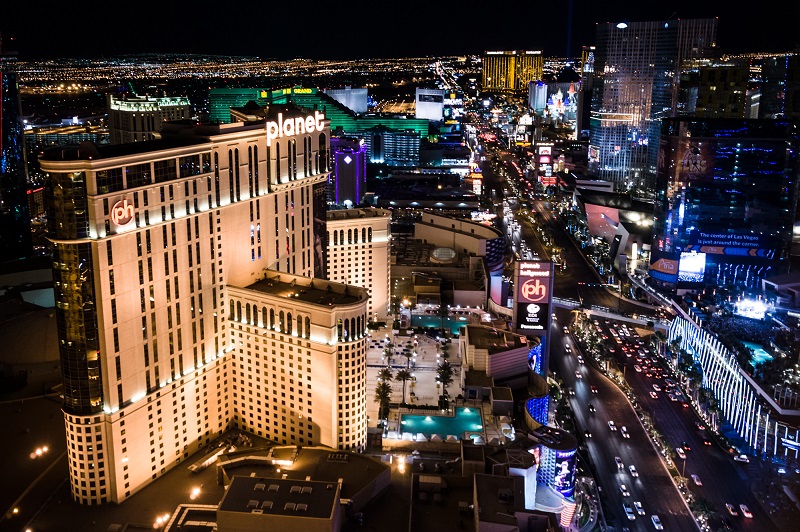

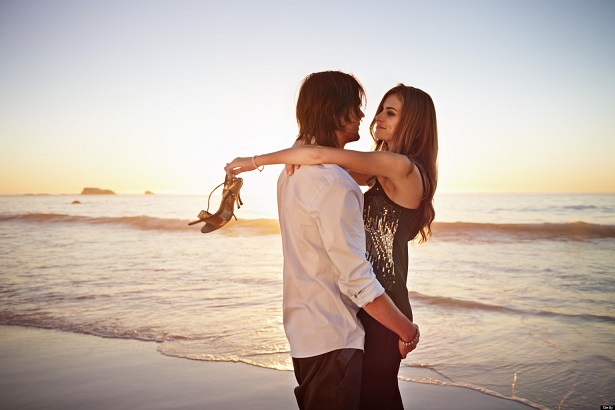
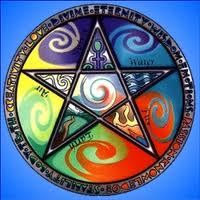
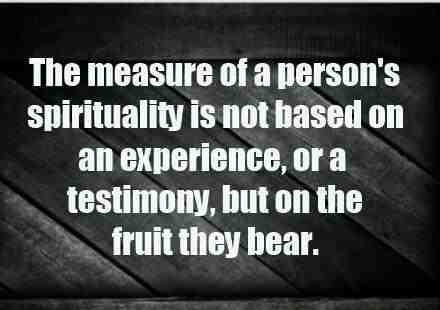
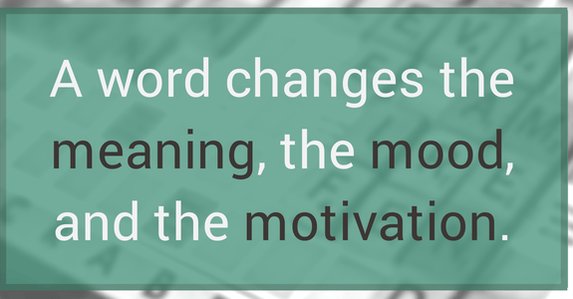







New! Comments
Have your say about what you just read! Leave a comment in the box below.